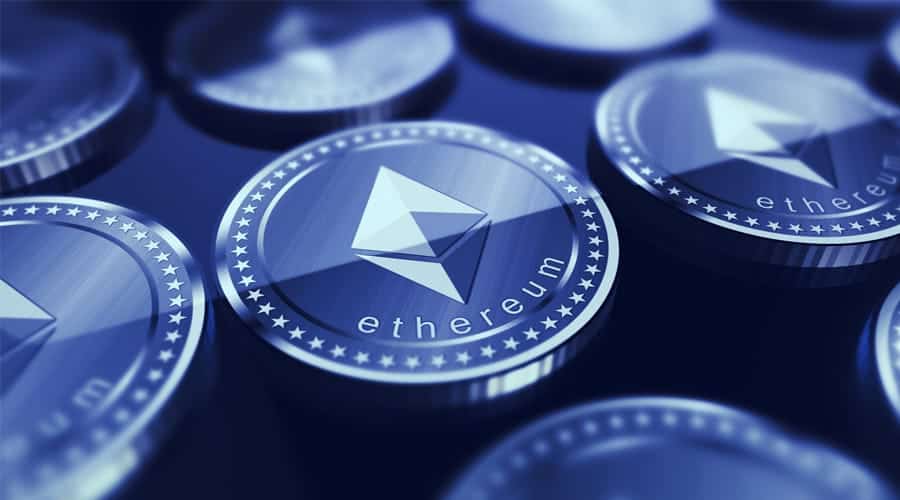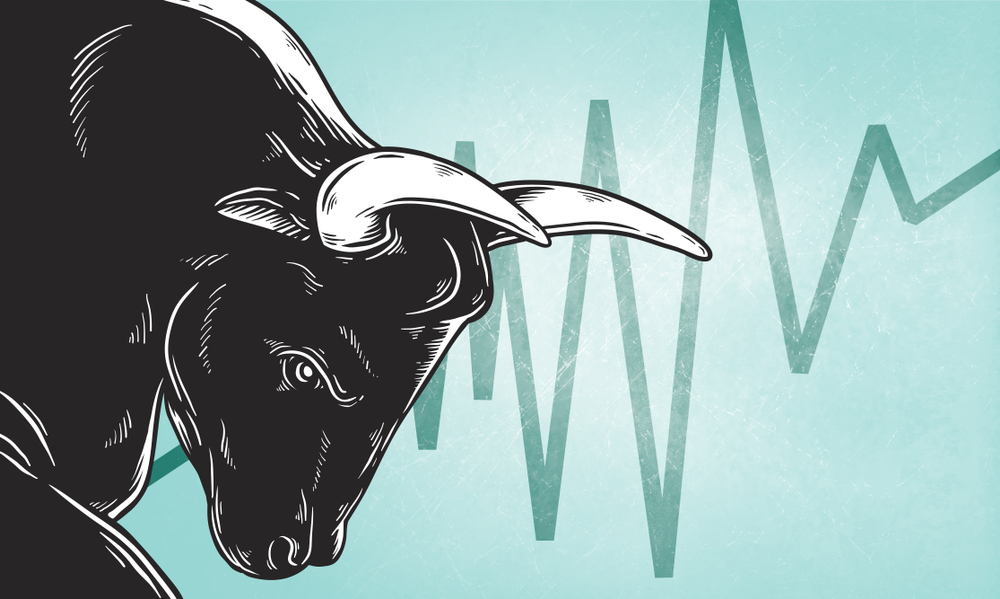If you’re new to cryptocurrency, you may have heard about Ethereum and mining. Mining is creating new cryptocurrency units by solving complex mathematical equations. Ethereum is a decentralized blockchain platform that enables smart contracts and decentralized applications. This article will look closer at Ethereum mining and how you can start mining ETH.
Understanding Ethereum Mining
Before we dive into the technicalities of mining, let’s understand why Ethereum mining is necessary. Ethereum is a decentralized network that relies on a consensus mechanism known as Proof of Work (PoW) to verify transactions and create new blocks. In PoW, miners compete to solve a complex mathematical puzzle to validate a transaction and add it to the blockchain. The first miner to solve the puzzle and validate the transaction receives a reward from new ETH coins.
Mining Ethereum requires a lot of computational power and energy, as miners need to solve complex mathematical equations. The process of mining can be profitable for individuals, but it also contributes to the security and decentralization of the Ethereum network.
Hardware Requirements for Mining Ethereum
To start mining Ethereum, you’ll need a computer with a powerful graphics card (GPU). ASICs (Application-Specific Integrated Circuits) are not useful for mining Ethereum as the algorithm used by Ethereum is designed to be ASIC-resistant. You’ll also need a reliable internet connection and a software program to connect to the Ethereum network.
The graphics card is the most crucial component for Ethereum mining. You can use an Nvidia or AMD graphics card, which should have at least 4 GB of RAM or more. Some of the popular graphics cards used for Ethereum mining are the Nvidia GTX 1070, Nvidia GTX 1080, and AMD Radeon RX 580.
Choosing the Right Mining Software
You’ll need to install mining software to connect your computer to the Ethereum network. Several mining software is available, and each has its advantages and disadvantages. Some of the popular mining software for Ethereum are Claymore, PhoenixMiner, and Ethminer. When choosing mining software, you must consider factors such as stability, performance, and ease of use.
Setting Up a Wallet
Before mining Ethereum, you must set up a wallet to store your mined coins. Several wallets are available for Ethereum, including hardware, desktop, and mobile wallets. Hardware wallets such as Ledger and Trezor are considered the most secure as they store your private keys offline. Desktop wallets such as MyEtherWallet and Exodus are convenient and allow you to access your coins from your computer. Mobile wallets such as Trust Wallet and Coinbase Wallet are ideal for those who want to access their coins on the go.
Joining a Mining Pool
Joining a mining pool can increase your chances of earning a consistent income from mining Ethereum. In a mining pool, several miners work together to solve a block, and the rewards are distributed among the pool members based on their contribution. Joining a mining pool can benefit small miners who don’t have much computational power and cannot mine solo. Some of the popular mining pools for Ethereum are Ethermine, SparkPool, and F2Pool.
Mining Ethereum
Once you have set up your hardware, software, and wallet and joined a mining pool, you can start mining Ethereum. To start mining, you must run the mining software and enter the pool details, such as the pool address and your wallet address. The mining software will start solving complex mathematical equations and send your contributions to the pool. The pool will then validate your contributions and distribute the rewards accordingly.
When mining Ethereum, you must ensure your computer remains cool and stable. Overheating can cause damage to your hardware, and instability can lead to lost mining time and lower rewards. You can ensure stable mining by monitoring your hardware temperature, optimizing your GPU settings, and using a dedicated mining rig.
Optimizing Your Mining Rig
To maximize your profits from mining Ethereum, you need to optimize your mining rig. There are several ways to optimize your mining rig, such as adjusting your GPU settings, overclocking your graphics card, and using a dedicated mining rig. Overclocking your graphics card can increase your hashrate, but it also increases power consumption and heat output. You need to balance your hashrate with your power consumption to maximize your profits.
Another way to optimize your mining rig is to use a dedicated mining rig. A dedicated mining rig is a computer built specifically for mining, and it can run more efficiently than a regular computer. A mining rig consists of several GPUs, a motherboard, a power supply unit, and a cooling system. Building a mining rig can be expensive, but it can also be profitable in the long run.
Calculating Your Profitability
Before you start mining Ethereum, you need to calculate your profitability. Ethereum mining profitability depends on several factors, such as the current price of Ethereum, the difficulty of mining, and the cost of electricity. You can use online mining profitability calculators to estimate your potential earnings. You should also consider the hardware, software, and maintenance cost when calculating your profitability.
Conclusion
Ethereum mining can be a profitable and exciting way to earn cryptocurrency. However, it requires a lot of computational power, energy, and investment. To start mining Ethereum, you need to have the right hardware, software, and wallet. You must also optimize your mining rig, join a mining pool, and calculate your profitability. Mining Ethereum requires patience and dedication, but it can also be rewarding in the long run.




